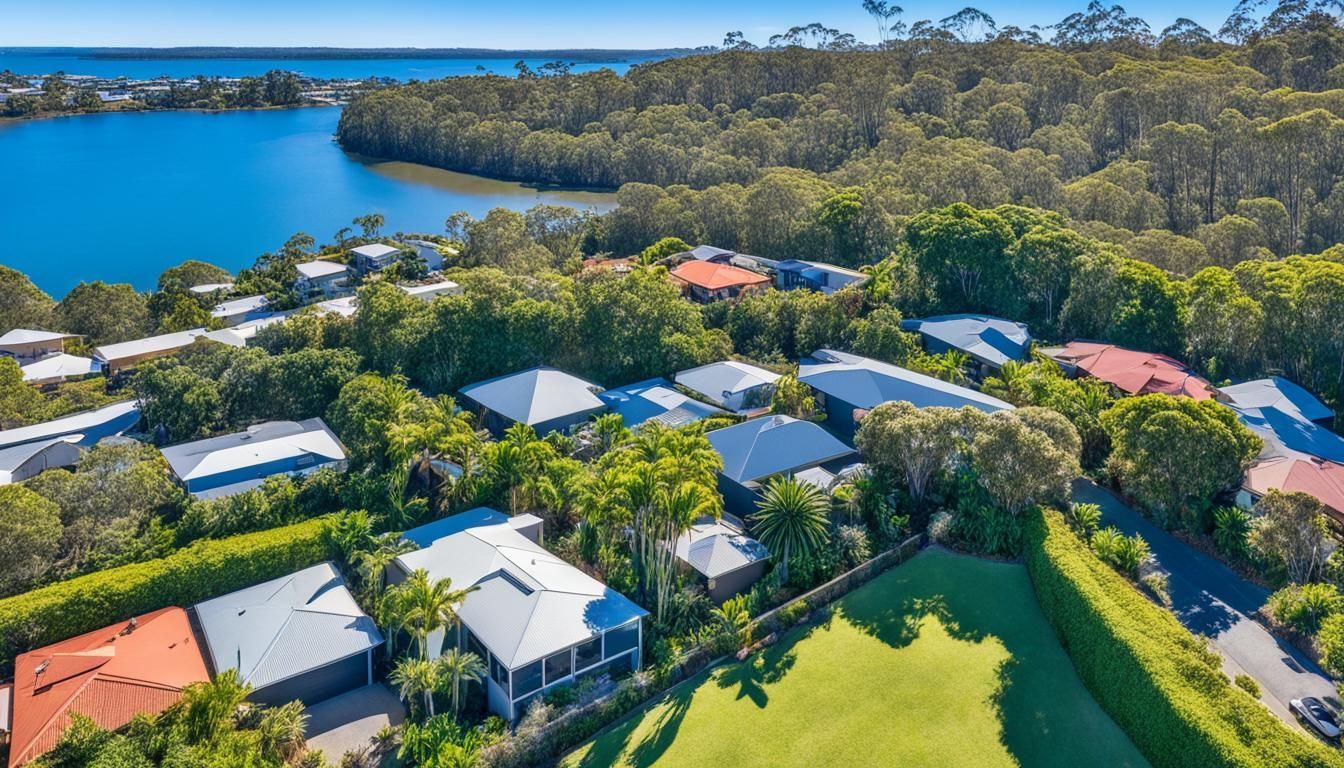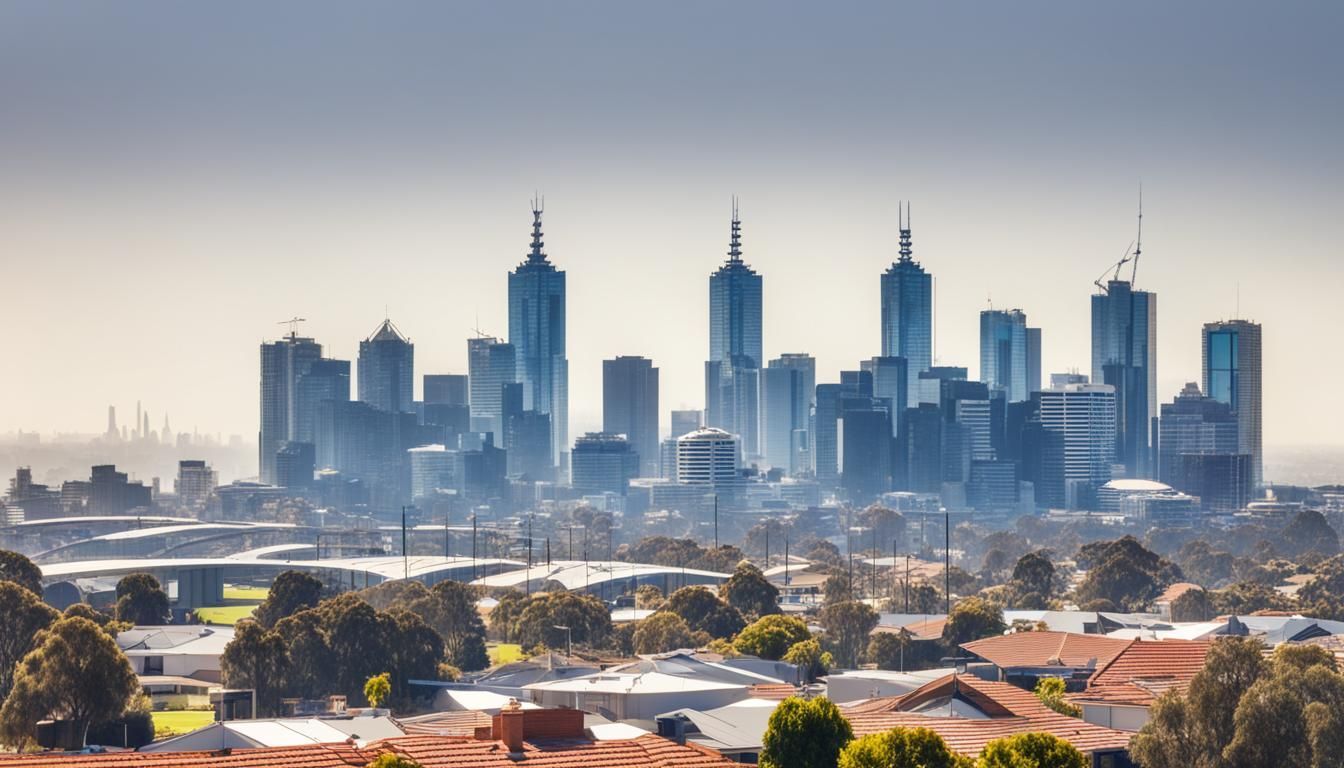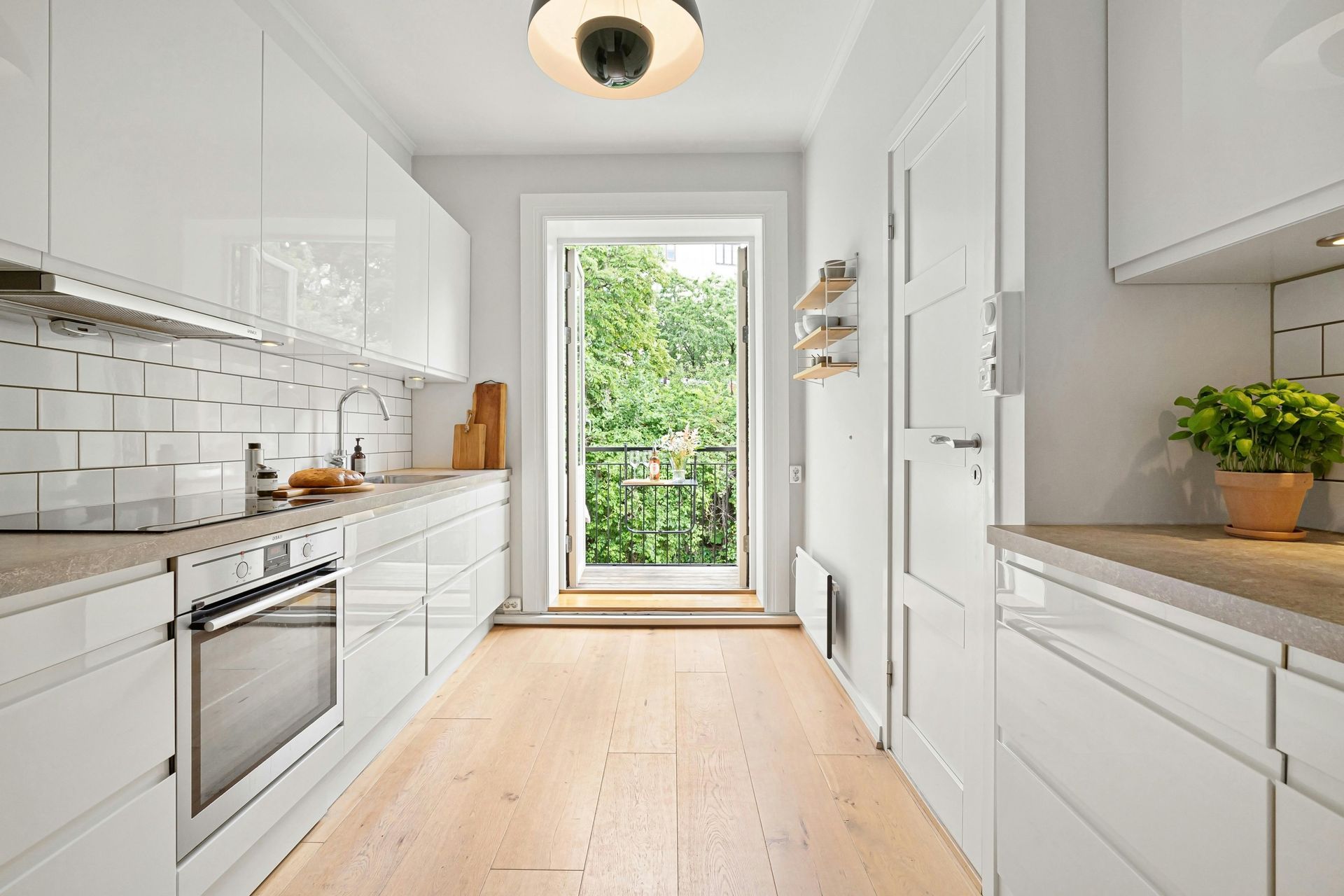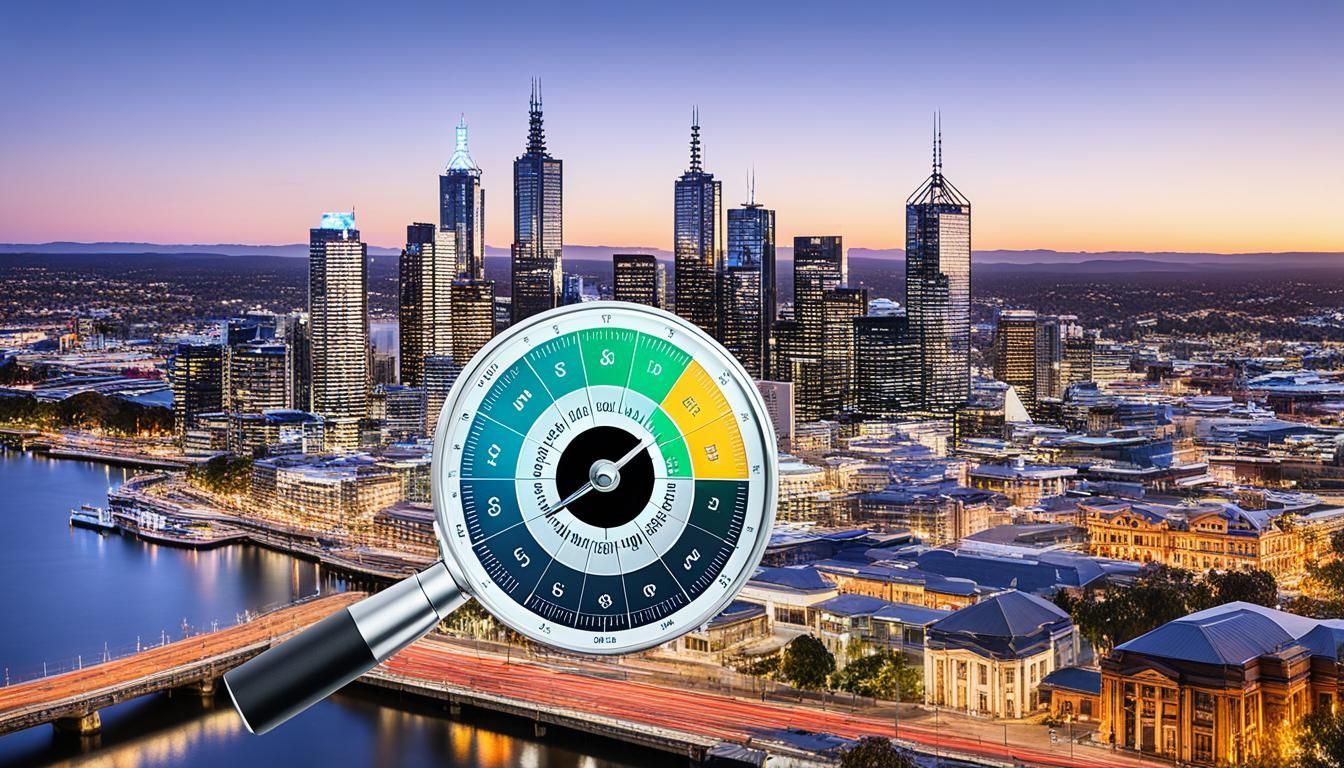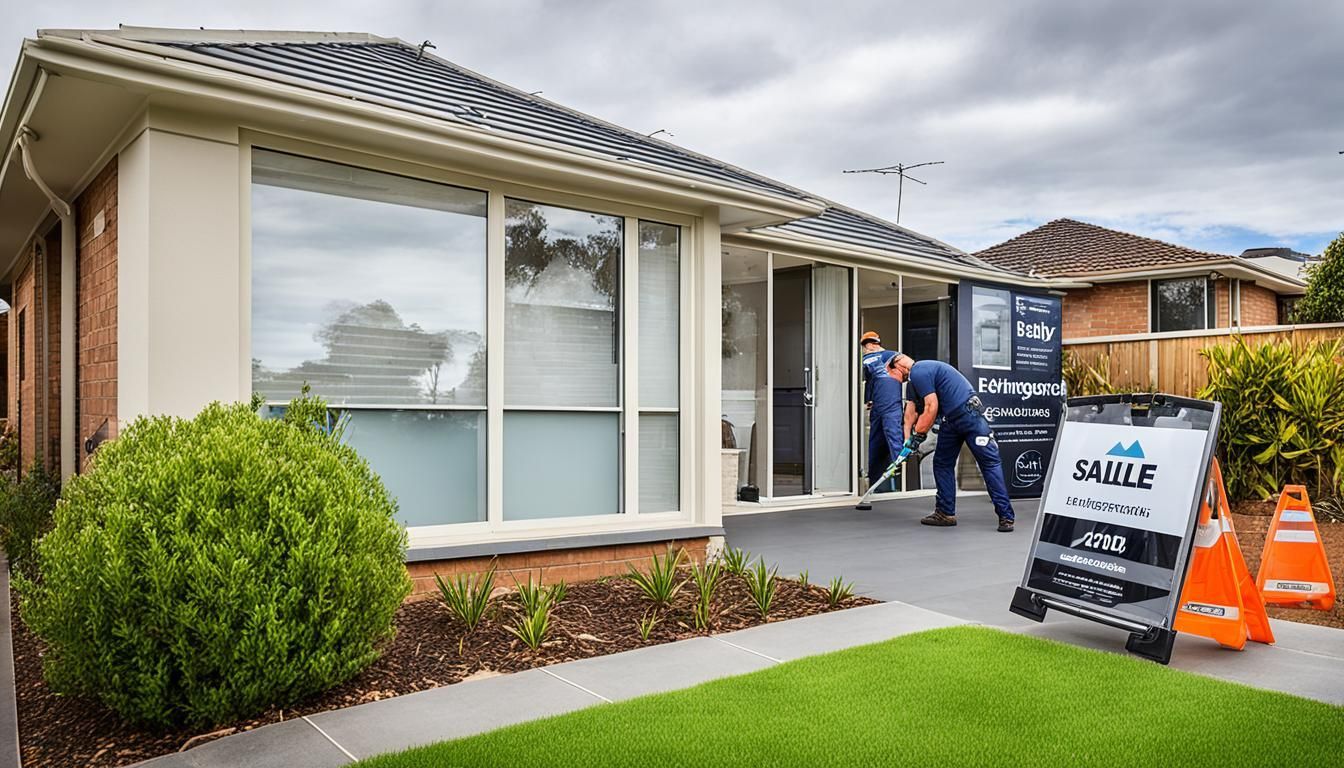Understanding the South East Melbourne Property Market
South East Melbourne Property Market

As we delve into the latest Melbourne housing trends, data presents a mixed bag for the south east Melbourne property market. Despite a modest 1.9% increase in home listings in November, Melbourne's dwelling values nudged down by 0.1%. The auction clearance rate hit its yearly low at 58% in the same month. With SQM Research predicting a slight downtrend in house prices for 2024, real estate investment opportunities are emerging, particularly for properties requiring renovation. This nuanced situation demands a detailed property market analysis to guide both investors and homebuyers navigating the shifting Melbourne housing statistics.
Key Takeaways
- Increased home listings in Melbourne provide more choices for buyers.
- A subtle decline in dwelling values suggests a buyer's market phase.
- Auction clearance rates in Melbourne indicate varying demand across regions.
- Predicted market adjustments could strengthen real estate investment strategies.
- More negotiation power exists for homes below the median price point.
- Consistent growth in prices for houses and units signals long-term potential.
- Regional Victoria showcases stability with certain suburbs demonstrating remarkable growth.
Recent Performance and Predictions for the South East Melbourne Property Market
In the South East Melbourne housing market, recent shifts have signaled a departure from the rapid price appreciation experienced in late 2023 to a more subdued early 2024. Melbourne property prices have demonstrated resilience, albeit with softened momentum, as indicated by the latest figures. These transitionary phases signal an evolving landscape for real estate trends and housing market performance.
Snapshot of Property Value Trends
In reflecting on the property value growth, the median price point for Melbourne dwellings has now adjusted to $783,261, displaying a slight monthly dip of -0.1%. Nevertheless, this figure represents an encouraging annual growth level of 2.8%, marred only by an absence of quarterly change. Although growth has moderated, one cannot overlook the real estate growth areas, where strategic locales like Braybrook and Laverton are drawing attention for their favourable entry points, boasting median house prices noticeably below the Melbourne average, which can ignite investment interest in the broader Melbourne housing market.
Strategic Investment Opportunities Amidst Market Fluctuations
The current property landscape presents as a chessboard of opportunity for those seeking investment opportunities in real estate. With a discerning eye towards property investment strategies, we observe that while B-grade properties linger, there is heightened competition for A-grade assets. This competitive environment beckons the astute investor to act, suggesting that now might be an opportune time to seek potential equity gains, especially within the inner and outer eastern corridors of Melbourne, which have shown marginal outperformance compared to other districts.
Forecasting Melbourne's Property Market into 2024
The Melbourne property forecast for the upcoming period bodes well, bolstered by predictions of growth and increased rental demand. It's predicted that property prices could see an uptick between 2.6% and 5.0% over the next couple of years, as stated by leading financial institutions. Such real estate market projections and housing market predictions hinge on a multitude of factors, including shifting cash rates, likely to usher in a phase of more advantageous borrowing conditions as we march towards the latter end of 2024, or perhaps into early 2025. These projections underscore a robust property market outlook for Melbourne, as it appears to gird itself for a rejuvenation, spurred on by the twin catalysts of returning investor interest and the demographic dynamics poised to shape the market anew.
Demographics and Economic Factors Influencing Property Dynamics
Melbourne's growth story is as much about its expanding skyline as it is about the changing faces within it. The robustness of our property market demand is a manifestation of Melbourne population growth, with demographic influences shaping the landscape of our city. Victoria's prominence as the state with the largest population increase in the year to June 2023 beckons a deeper look into how these shifts impact housing supply and demand.
Population Growth and Its Impact on Housing Demand
When we consider housing demand, we must acknowledge the demographic tides pushing this trend. With around 51% of Australians concentrated in Sydney, Melbourne, and Brisbane, the swell in urban populations elevates price pressures. In the context of Melbourne, this is compounded by the forecast needing to house an additional 1.5 million households by 2050, as our city's population burgeons to 8 million. With the economic landscape ever-evolving and interest rates influencing the collective borrowing capacity, the correlation between Melbourne's demographic surge and our real estate market correlation cannot be overstated. This influx of residents has highlighted the glaring need for an infrastructure uplift to accommodate our growing populace.
Employment Trends and Their Relation to Real Estate Activity
A key economic factor harmoniously intertwined with the property sector is employment trends. Our Melbourne job market, humming with opportunities especially in burgeoning sectors like finance, technology, and healthcare, attracts not only national talent but also global professionals. This reality nourishes the property market demand, further creating lively hubs around these industries. Despite the challenges faced by potential renters, highlighted by rent inflation running at less than 1% nationally, Melbourne remains an attractive living destination. This sentiment is backed by data indicating the significant economic contribution of domestic investors, and more saliently, the role of foreign investors who fuelled a noticeable surge in interest, especially from China, in the peak years.
Understanding the impact of economic factors like the recent increase in the official cash rate and how it prompts a recalibration of the property market is crucial. The aftermath of historical highs in the ratio of median home price to income, particularly in metropolitan areas like Sydney and Melbourne, is predictive of future market behavior. Armed with these insights, we foresee a landscape where homeownership rates may continue to morph in response to socio-economic stimuli, allowing us to navigate through Melbourne's property terrain with acumen.
Analyzing the South East Melbourne Property Market Suburb by Suburb
In our quest to provide in-depth residential property insights, we have identified noteworthy patterns across Melbourne local markets. These patterns vary markedly from suburb to suburb, and understanding these nuances is key to our comprehensive suburb analysis. For instance, in our review, we discovered that Wandin North and Tecoma properties saw rapid sales, with listings only lasting a median of 13 days last year, below the Melbourne-wide median of 30 days.
Focusing on suburb performance reviews, a clear trend emerges: properties situated in Belgrave and Croydon South are being snapped up swiftly, with a median selling time of 16 days. This reinforces the notion that certain pockets within the South East Melbourne region are in high demand, a key consideration for both buyers and investors.
Our analysis reflects that for suburbs like Bayswater North and Mount Dandenong, the median selling time edged upwards slightly to 17 and 18 days, respectively. Nonetheless, these suburbs still outperform the broader market trends, indicating strong local market vitality. As for Ferntree Gully, the area boasts a median sale duration of 24 days, supporting the fact that more and more people are seeking homes in well-connected, yet tranquil suburban environments.
- Romsey, on the other hand, tops the chart for the lengthiest median selling time at 82 days, indicating a market shifting back to a normal pace, possibly attributing to its picturesque but less central location.
- Similarly, homes in Riddells Creek and Gisborne took a median of 76 days to sell, with Sunshine, Bacchus Marsh, and Laverton not far behind at 70–74 days. These figures suggest potential opportunities for buyers looking to enter less competitive market conditions.
Drilling down into property values, we noticed an uptick in the median dwelling value in Wandin North, reaching $871,000 after a 1.8% value increase over the year, whereas Tecoma rose by a more substantial 4.5%, bringing the median dwelling value to $856,000. Our suburb analysis indicates that these areas may provide fruitful investment prospects due to their rising value trend.
It is paramount to acknowledge that the overall turnaround time for properties on the market is shortening, emphasizing that well-presented and reasonably priced homes are highly sought after. Renovated properties, in particular, are trading hands at a quicker rate. However, those properties in need of upkeep or those vying for renovations are encountering longer sell times due to the current deficit in trade availability and increasing building expenses. For suburb performance reviews, such granular, suburb-specific details become pivotal for potential investors and homeowners alike.
When interpreting these residential property insights, it is evident that the South East Melbourne property market is as diversified as it is dynamic. By adopting a close-knit approach to suburb analysis, which takes into account both the swift and sluggish local markets, our readers and clients can pursue informed, strategically positioned real estate actions, whether they are fostering investment portfolios or searching for their next family home.
Final Thoughts on the South East Melbourne Property Market
Looking at the the inner workings of the South East Melbourne property market, it’s evident that despite a slight tempering in growth, our insights suggest a market ripe with future real estate prospects. Observing a modest rise in listings, the latest figures unveil a 1.9% increase in homes for sale, hinting at burgeoning opportunities for discerning buyers. This development is noticeably prominent in our analysis, indicating a turning point towards a buyer's market, which is richly detailed in a comprehensive market summary.
Digging deeper into the metrics, a slight dip of 0.1% in dwelling values corroborates CoreLogic’s Home Value Index, painting a picture of a market that's cooling and potentially becoming more accessible. With auction clearance rates dipping to the year's low of 58%, a clear indication is provided that sellers are adjusting to the new market realities. Highlighting this trend are the specific regional clearance rates, with Melbourne’s inner suburbs, inner south, south-east, west, and the Mornington Peninsula all recording lower figures, revealing a detailed buyer's guide to where the market stands.
As Hirch Property Group looks to the horizon, forecasts by SQM Research predict a continued moderate decline in house prices. For those with an eye for potential, apartments and homes in need of refurbishment offer longer negotiation windows and sparse competition, giving buyers the upper hand in transactions, something our Melbourne Buyers Agents can definitely help with. For value-seekers, properties priced between $400,000 and $750,000, like two-bedroom apartments or townhouses, represent less pressured and more advantageous transactions. Moreover, should interest rates take a downward trajectory in the future, we could witness a stronger pulse in transaction activity, benefitting both buyers and sellers. Overall, despite the ebb and flow of market conditions, the long-term view of the Melbourne housing market remains a testament to its resilience and enduring appeal.
Frequently Asked Questions
What are the current trends in property values in South East Melbourne?
As of the latest data in early 2024, South East Melbourne's property market is showing a subtle annual increase of 2.8%. Houses have seen an increment of 3.0%, while units are up by 2.5%. However, these values are currently 4.1% below the peak observed in March 2022.
How is the investment landscape shaping up in light of recent market fluctuations?
The recent market conditions in South East Melbourne are providing strategic opportunities for investors. Investment-grade properties are in high demand, indicating a shift towards quality. Investors who make strategic purchases at this time could benefit from potential equity gains due to a steady recovery trajectory forecasted for the Melbourne property market.
Can we expect growth in the Melbourne property market in 2024?
Yes, moderate growth in the Melbourne property market is anticipated for 2024. Major financial institutions predict property price increases ranging from 2.6% to 5.0% over the next couple of years. Additionally, rental market pressures due to the low vacancy rate of 1.5% could stimulate the market further.
How does demographic change influence the Melbourne property market?
Demographic change, particularly through population growth, plays a significant role in shaping real estate dynamics. Victoria's population grew notably in the year to June 2023, powered by interstate and international arrivals. Such growth increases housing demand and can have long-term implications on the property market, including the need for additional housing to accommodate a larger population.
To what extent do employment trends impact real estate activity in Melbourne?
Employment trends have a direct correlation with real estate activity. Melbourne's strong economy and job market, particularly in finance, technology, and healthcare sectors, stimulate demand for residential property and intensify the competitive rental market. These trends underscore Melbourne's appeal as a desirable place for both living and employment.
Why is suburb analysis important for understanding the South East Melbourne property market?
Suburb analysis is crucial because it provides granular insights into the performance of individual areas. It helps identify suburbs offering the best value growth, rental yields, and lifestyle preferences. Such an analysis can influence investment strategy decisions and help investors and homebuyers find areas with strong growth potential.
What should potential buyers consider when assessing the South East Melbourne property market?
Potential buyers should undertake diligent research that includes examining property market trends, assessing demographic and economic factors, and conducting suburb-by-suburb analysis. Considering infrastructure and projected growth rates, as well as the current and anticipated health of the job market in Melbourne, can also inform a well-rounded investment decision.
Source Links
- https://www.theage.com.au/property/news/the-melbourne-suburbs-where-it-s-now-a-buyers-market-20231206-p5epgg.html
- https://reiv.com.au/policy-resources/latest-news/melbourne’s-property-market-stabilises-as-outer-su
- https://propertyupdate.com.au/the-latest-median-property-prices-in-australias-major-cities/
- https://www.realestate.com.au/news/the-87-overachieving-suburbs-where-house-price-growth-outperformed-the-market/
- https://www.abs.gov.au/statistics/economy/price-indexes-and-inflation/residential-property-price-indexes-eight-capital-cities/latest-release
- https://www.smh.com.au/politics/federal/why-demographics-and-not-interest-rates-are-to-blame-for-property-prices-20230220-p5clx9.html
- https://www.rba.gov.au/speeches/2019/sp-gov-2019-03-06.html
- https://www.theage.com.au/property/news/the-popular-melbourne-suburbs-where-houses-are-selling-fastest-20240118-p5ey9g.html
Financial Disclaimer
The information provided in this blog is for educational purposes only and should not be considered as financial advice. Always consult with a qualified professional before making investment decisions. Past performance is not indicative of future results. Invest responsibly and be aware of the risks associated with real estate investments.
Quick Links
Contacts
Phone: (03) 8618 6913
Email: Hirchpropertygroup@gmail.com
Address: 49 Edgar Street, Glen Iris VIC 3146
© 2023 Hirch Property Group. All Rights Reserved | Privacy Policy | Website by Octopus Digital





